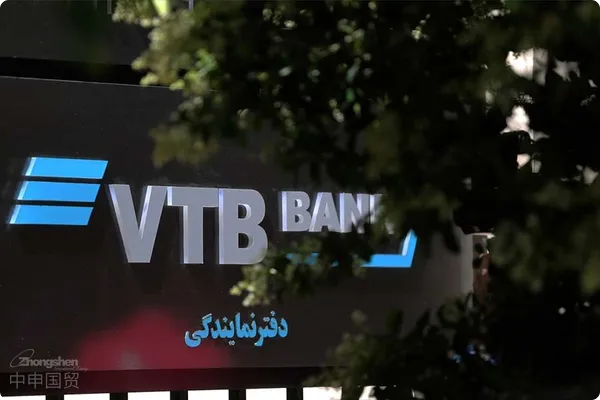- Shanghai Zhongshen International Trade Co., Ltd. - Two decades of trade agency expertise.
- Service Hotline: 139 1787 2118
Recently, Reuters cited two Indian government sources stating that India is expected toafter January 2025impose restrictions on the import of laptops, tablets, and personal computers to encourage multinational companies, including Apple, to increase manufacturing in India.
Background of Import Restrictions and Market Status
Currently, Indias laptop market is dominated by multinational companies such as HP, Dell, Apple, Lenovo, and Samsung, with approximatelytwo-thirdsof market demand being met through imports of foreign products, with China being one of the primary sources. According to data from consulting firm Mordor Intelligence, Indias IT hardware market, including laptops, is valued at nearly$20 billion, of which only$5 billioncomes from domestic production in India.

Policy Adjustments and Implementation Details
The Indian government previously considered imposing similar restrictions on imported electronics but ultimatelyIn 2023withdrew the plan due to corporate opposition and lobbying efforts from countries like the U.S. Since then, the government has been monitoring imports through an interim system that will expire bythe end of 2024. Starting next year, companies will be required to apply for new import approvals to comply with the new import policies.
An Indian official stated that the government plans to begin consultations with all stakeholders, including industry leaders, startingnext week. Although the government is eager to implement these restrictions as soon as possible, they may be delayed by a few months if necessary.
Import Restrictions and Quality Standards
India plans to restrict imports by introducing minimum quality standards for laptops and tablets, which are part of Indias Compulsory Registration Order aimed at preventing low-quality products from entering the market. Another official noted that global trade agreements limit Indias ability to take tariff actions on laptops and tablets, making policy changes to restrict imports one of the few available options.
Industry Response and Future Outlook
It is reported that China is Saudi Arabias largest trading partner, and Saudi Arabia is also Chinas top trading partner in the Middle East. Bilateral trade between China and Saudi Arabia has exceeded$100 billionfor two consecutive years, accounting for35% or more. In 2023, bilateral trade between China and Saudi Arabia reached, of which Chinas exports to Saudi Arabia amounted to86 billion US dollarsDetailed Explanation of the Latest Record - filing Process and Precautions for Food Importers in 2023, and the import value wasUS$64.37 billion.
Meanwhile, sanctions imposed by other countries such as the United States on foreign banks involved with Russia are also expected to negatively impact Shanghais trade with Russia. Shanghais trade with Russiaimport and exporttrade duringThe total import and export trade volume of Shanghai with Russia reachedthe period totaled25 billion US dollars, with a year - on - year increase of. The total value of Chinas exports to Egypt13.7%, of which exports accounted for; the import value was, with a year - on - year increase of. The total value of Chinas exports to Egypt14.4%; imports. This data shows that although the monthly exports have declined, the overall annual trade still maintained a steady growth., with a year - on - year increase of. The total value of Chinas exports to Egypt13.2%.
Official Response and Policy Advancement
Indias Ministry of Electronics and Information Technology has yet to issue an official response on this matter. The Indian Ministry of Commerce stated that it will work closely with the Ministry of Electronics and Information Technology and other stakeholders before making a final decision. Industry insiders widely believe that Indias move will further promote the development of local manufacturing and enhance Indias competitiveness in the global electronics market.
Related Recommendations
? 2025. All Rights Reserved. Shanghai ICP No. 2023007705-2  PSB Record: Shanghai No.31011502009912
PSB Record: Shanghai No.31011502009912










